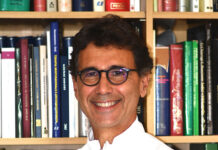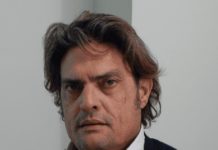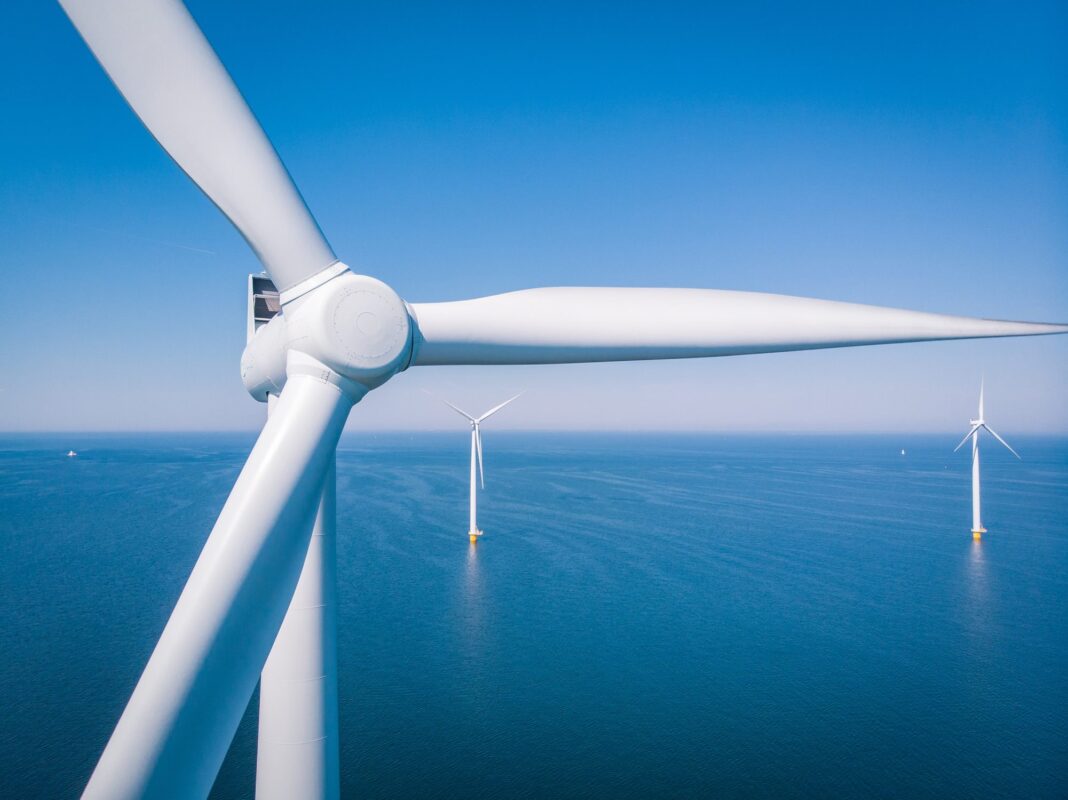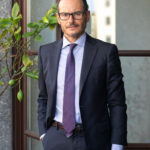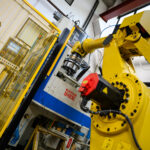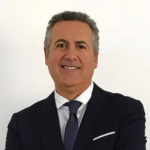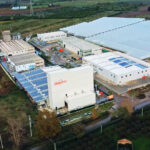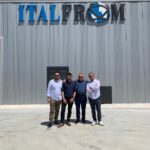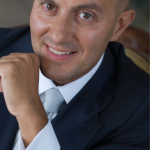Founded in 1986 and now in its second generation, Tecnoconsult Engineering Construction is a multidisciplinary engineering company providing services to both the oil and gas and renewables industries covering offshore and onshore, upstream and midstream engineering. Talking to us about this all-Italian excellence is Tommaso Pierangeli, who now leads the company together with his sister Francesca.
Dr Pierangeli, what does Offshore Wind Energy consist of?
In the world, for years, the new frontier of wind energy has been offshore, defined as Offshore Wind Energy. It is nothing more than the ‘offshore’ version of the more common onshore wind farms. Offshore installations are called those formations consisting of dozens of wind turbines implanted off the shores of seas, oceans. Offshore turbines can also be installed in marine locations far from the coast, exploiting the winds in open seas, using the same construction technologies as oil and gas platforms. When sea depths become significant, turbines are used on floating platforms, using a three-point anchoring system with steel cables anchored to the seabed.
What advantages does this technology offer?
Offshore wind power looks set to undergo considerable development in the coming years, especially in those areas favourably exposed to winds. With a view to the large-scale exploitation of wind energy, installing wind turbines on marine sites has undeniable advantages. There is plenty of space at sea. There is better wind quantity and quality, more continuous and more intense. There are fewer landscape constraints, and also fewer visual constraints, if one considers the possibility of installing such structures at even greater distances from the seashore. Moreover, considering that in many northern European countries such as Denmark, Germany or the Netherlands, in the windiest sites there are hardly any free areas for the construction of new land installations, the choice to go by sea is not only sensible but should definitely be taken.
What are the implications from an environmental point of view of an Offshore Wind Farm?
The offshore placement of large wind farms reduces the problems of aesthetic and noise impact, where wind turbines are located beyond the visible horizon line, as well as the problems related to the feared danger to birds (birds of prey and migratory birds in particular) compared to onshore wind farms. Some studies even claim that the creation of platforms and underwater mast and cable systems could, over time, create areas of restocking and biodiversity on the seabed, as is the case with oil rig stacks and anchorages. Offshore wind farms are a viable solution for densely populated coastal countries with strong urbanisation. Obviously, the issues that most cause discussion and put a strain on any feasibility project for a new wind farm are those related to the health and comfort of the community: I refer, for example, to the critical issues related to the safety of the area surrounding the wind turbines, as well as the safeguarding of the naval road network, or possible restrictions on fishing activities. These are all assessments that must be carefully considered on a case-by-case basis.
Why is this technology important for the future?
The exploitation of wind energy is one of those technologies with a low environmental impact, which may still have enormous potential in the coming years. Offshore wind power, hitherto known mainly in the seas of Northern Europe and America, seems to be undergoing considerable development, especially in particularly windy areas, given that due to the favourable wind conditions on the high seas, offshore wind power (with the same installed power) could produce up to 30% more energy than a similar onshore system. wind speed is on average higher offshore than on land. In addition, offshore turbines are designed to withstand wave motion and stand upright both in the wind and in the waves. Offshore wind farms, installed even at great distances from the seashore, could also limit that cultural impact that still raises the main suspicions and fears in the community: such as the visual impact, and the impact on the archaeological heritage, or on tourism.
On the other hand, the cost of cables and marine connections may be higher, in some cases, as may be the cost of installation and maintenance. Costs that can, however, be repaid by not having to build access roads, not having to litigate with local communities, and not having to carry out naturalistic repair or reforestation work. In addition, the offshore wind farm has the potential to accommodate many and much larger turbines, in order to capture the largest available wind resource and obtain large amounts of energy, clean and safe, even with a single wind farm than could ever be achieved on land.
What services does Tecnoconsult offer in this area?
TECNOCONSULT’s historical experience in the Offshore sector, and therefore its technical expertise in those industrial projects for the construction of structures and platforms to be built at sea, has given us access to such engineering studies, considering that the largest wind farms tend to be installed right at sea, far from the coasts, where it is possible to take advantage of the strong winds that blow without being slowed down by obstacles. To date, our company has extended its skills from design to permitting, including the environmental assessments necessary for the approval of strategic projects, seeking to respond to current market needs dictated by the geopolitical situation worldwide.
Although our company has always operated at an international level, the main achievements in this field are now taking place in our country, and this fills us with pride.
On the ministerial websites and those of the relevant Coast Guards of Sardinia, Sicily, Calabria and Emilia-Romagna, we have already seen the publication of no less than 3 Feasibility Studies for new OFFSHORE WIND PARKS to be built in Italy, and a final project, for which we are now awaiting the final go-ahead for implementation.

Find out more:
– Website: www.tecnoconsult.it
Technology Development and Commercial Dept.: commercial@tecnoconsult.it



















